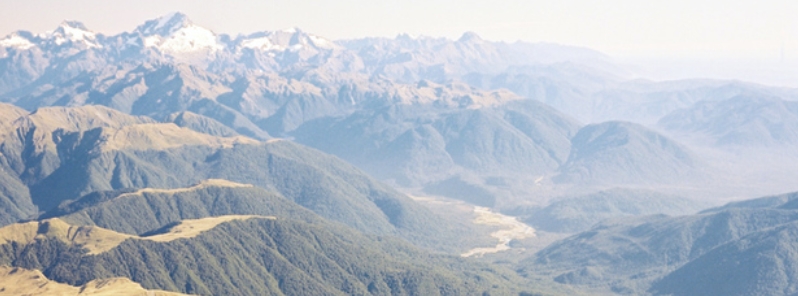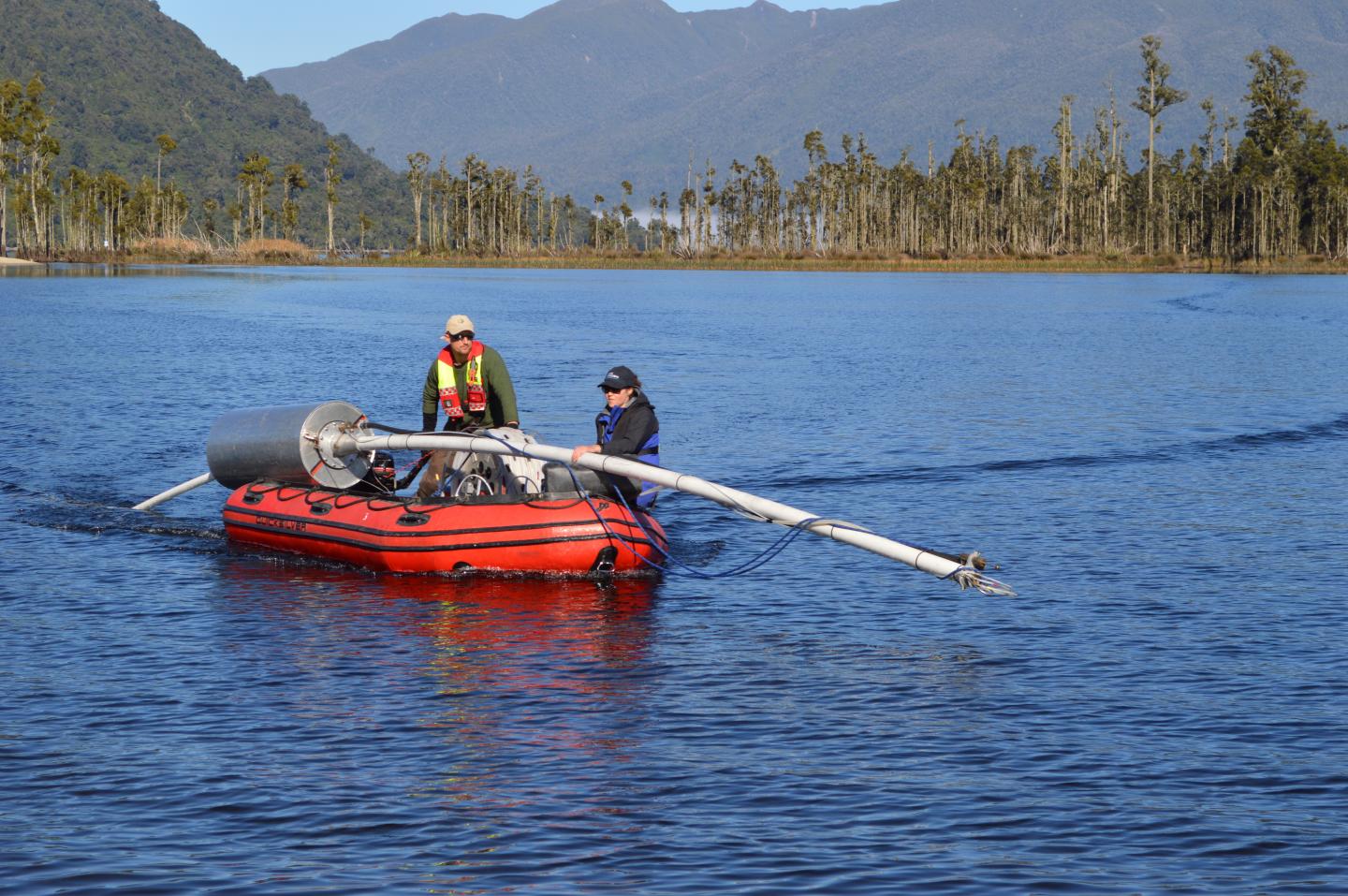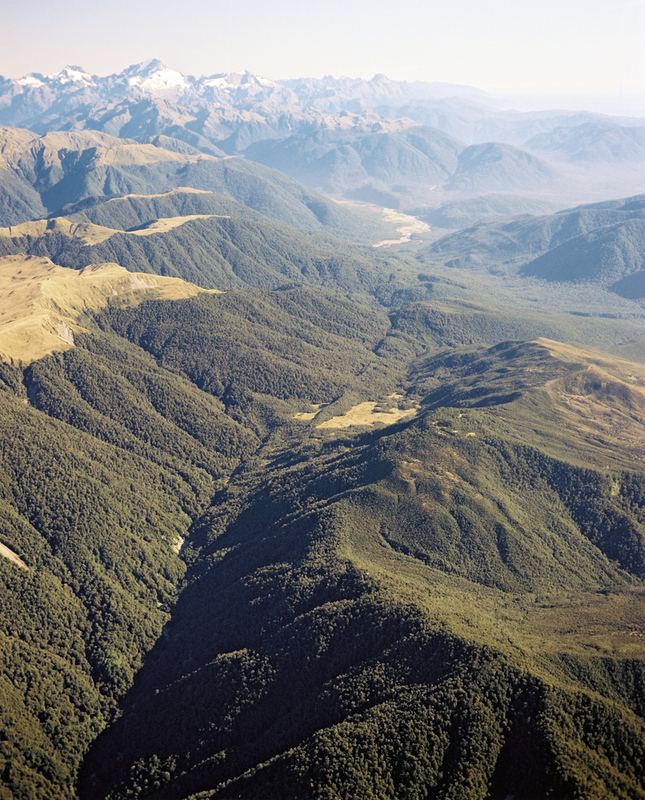Study reveals mechanism of naturally occurring ‘earthquake gate’

A new study reveals the workings of an "earthquake gate" — a naturally occurring blocker that decides which quakes are allowed to grow into M8.0 or greater.
"An earthquake gate is like someone directing traffic at a one-lane construction zone," said co-author Nicolas Barth, a geologist from the University of California, Riverside.
"Sometimes you pull up and get a green 'go' sign, other times you have a red 'stop' sign until conditions change."
Researchers found out about this gate while analyzing New Zealand's Alpine Fault, which they identified has around a 75 percent chance of generating a damaging earthquake within the next five decades.
The modeling also suggests that this earthquake has an 82 percent chance of rupturing through the gate, becoming M8.0 or greater.
The researchers, composed of scientists from the Victoria University of Wellington, GNS Science, the University of Otago, and the US Geological Survey, combined two approaches to studying quakes: evidence of past earthquakes and computer simulations.
"Big earthquakes cause serious shaking and landslides that carry debris down rivers and into lakes," said lead author Jamie Howarth, a geologist from the Victoria University of Wellington.

Image: Researchers gathering sediment near the Alpine Fault in New Zealand. Credit: Jamie Howarth/Victoria University of Wellington

Image: Alpine Fault. Credit: GNS
"We can drill several meters through the lake sediments and recognize distinct patterns that indicate an earthquake shook the region nearby. By dating the sediments, we can precisely determine when the earthquake occurred."
Sedimentary records collected at six areas along the Alpine Fault determined the extent of the past 20 major earthquakes over the last 4 000 years, making it one o the most detailed earthquake records in the world.
This record provided a rare opportunity for the scientists to compare their data with a 100 000-year record of computer-generated tremors.
"The simulations show that a smaller magnitude 6 to 7 earthquake at the earthquake gate can change the stress and break the streak of larger earthquakes," said Barth.
"We know the last three ruptures passed through the earthquake gate. In our best-fit model, the next earthquake will also pass 82 percent of the time."
Beyond New Zealand, earthquake gates are an important area of active research in California. Researchers are particularly targeting the Cajon Pass region near San Bernardino, where the interaction of the San Andreas and San Jacinto faults may cause earthquake gate behavior that could regulate the size of the next damaging tremor in the area.
"We are starting to get to the point where our data and models are detailed enough that we can begin forecasting earthquake patterns. Not just how likely an earthquake is, but how big and how widespread it may be, which will help us better prepare."
Reference
"Spatiotemporal clustering of great earthquakes on a transform fault controlled by geometry" – Howarth, J. D., e al. – Nature Geoscience – https://doi.org/10.1038/s41561-021-00721-4
Abstract
Minor changes in geometry along the length of mature strike-slip faults may act as conditional barriers to earthquake rupture, terminating some and allowing others to pass. This hypothesis remains largely untested because palaeoearthquake data that constrain spatial and temporal patterns of fault rupture are generally imprecise. Here we develop palaeoearthquake event data that encompass the last 20 major-to-great earthquakes along approximately 320 km of the Alpine Fault in New Zealand with sufficient temporal resolution and spatial coverage to reveal along-strike patterns of rupture extent. The palaeoearthquake record shows that earthquake terminations tend to cluster in time near minor along-strike changes in geometry. These terminations limit the length to which rupture can grow and produce two modes of earthquake behaviour characterized by phases of major (Mw 7–8) and great (Mw > 8) earthquakes. Physics-based simulations of seismic cycles closely resemble our observations when parameterized with realistic fault geometry. Switching between the rupture modes emerges due to heterogeneous stress states that evolve over multiple seismic cycles in response to along-strike differences in geometry. These geometric complexities exert a first-order control on rupture behaviour that is not currently accounted for in fault-source models for seismic hazard.
Featured image credit: GNS

Commenting rules and guidelines
We value the thoughts and opinions of our readers and welcome healthy discussions on our website. In order to maintain a respectful and positive community, we ask that all commenters follow these rules.